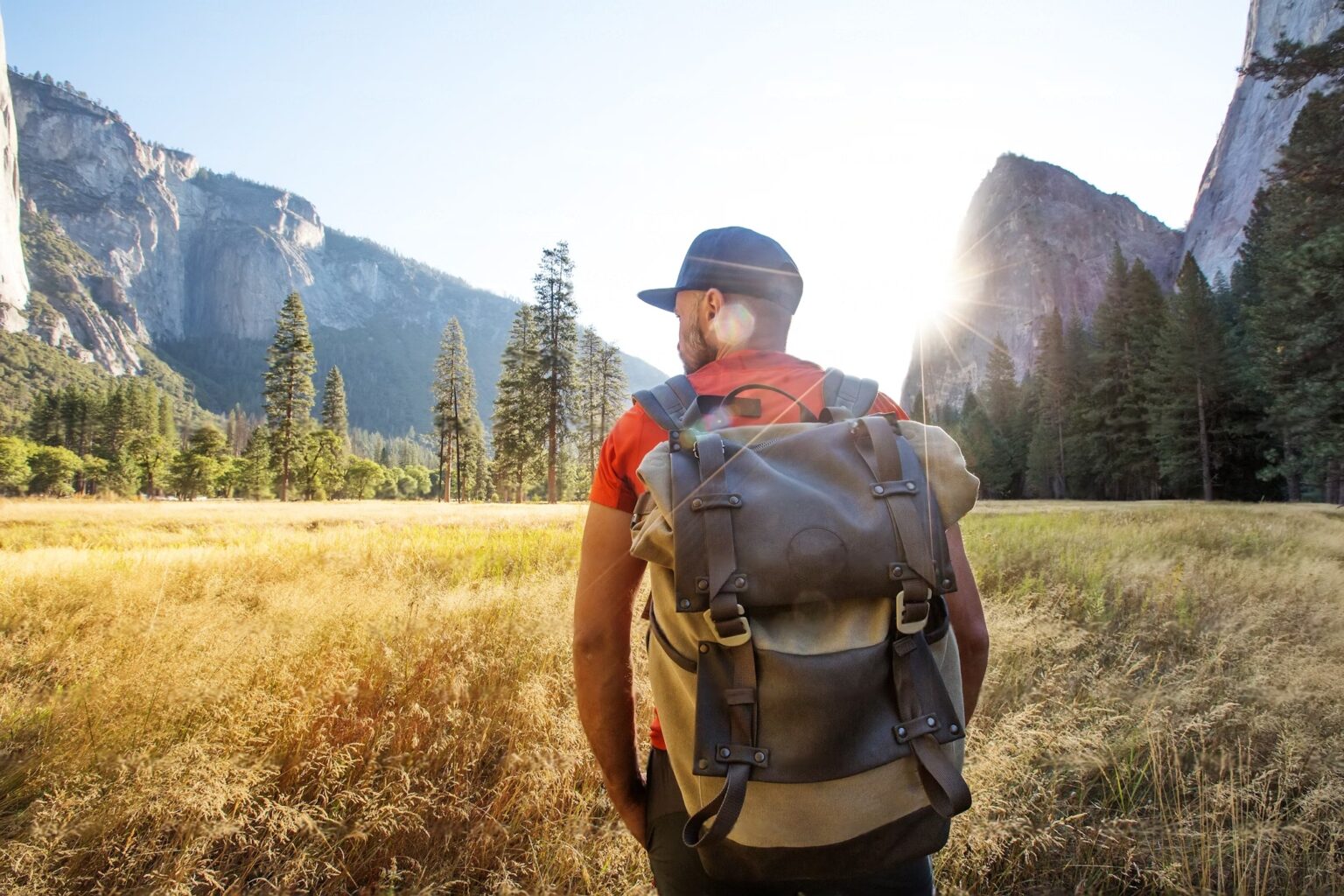Because khaki isn’t just a colour—it’s a survival strategy.
Introduction
You’ve been dreaming of this for years—those golden savannahs, the rhythmic gallop of hooves during the Great Migration, lions lounging under acacia trees, and the thrill of chasing horizons in an open-roofed Land Cruiser. Kenya is calling, and you’re finally going.
But before you get carried away by wildlife documentaries and safari lodge Instagram reels, there’s one crucial thing left: packing smart.
Packing for a Kenyan safari is part art, part science. It’s not just about what looks good in photos—it’s about comfort, safety, and being prepared for a place where weather, terrain, and adventure change by the hour.
Let’s make sure your bag holds everything you need—and nothing you don’t.
1. What to Wear on Safari: Layer Like a Local
Kenya’s climate is unpredictable. Mornings can be misty and cold, mid-day sun unforgiving, and evenings cool again. Layering is your best friend.
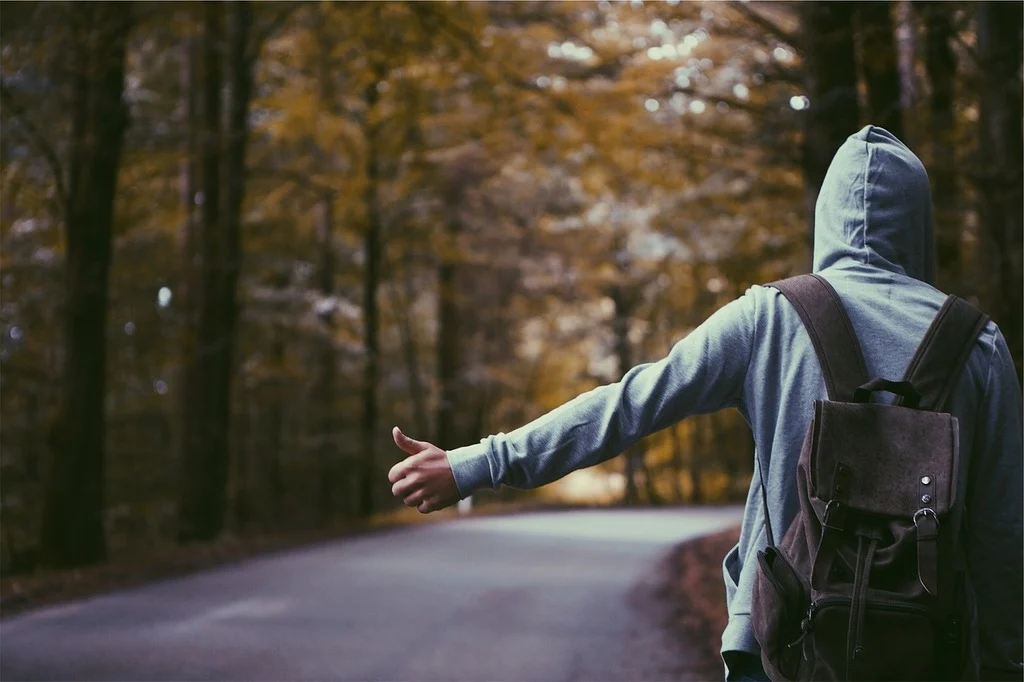
Safari Wardrobe Essentials:
3–4 long-sleeved shirts – Choose light, breathable cotton or moisture-wicking fabrics. Long sleeves protect you from sun and bugs.
2–3 pairs of safari pants or zip-off trousers – Neutral colors like tan, olive, or gray blend with nature and don’t attract attention from insects.
1–2 t-shirts or tank tops – For relaxing at your lodge or hotter days.
Lightweight fleece or insulated jacket – Morning game drives can dip below 10°C (50°F), especially in places like the Masai Mara or Amboseli.
Windbreaker or waterproof shell – If you’re traveling during the short rains (Oct-Dec) or long rains (Mar-May).
Scarf or buff – For dust protection and surprise cold gusts during drives.
Wide-brimmed hat with chin strap – Sun + wind = bad hair days.
Sunglasses (polarized) – For comfort and better wildlife spotting.
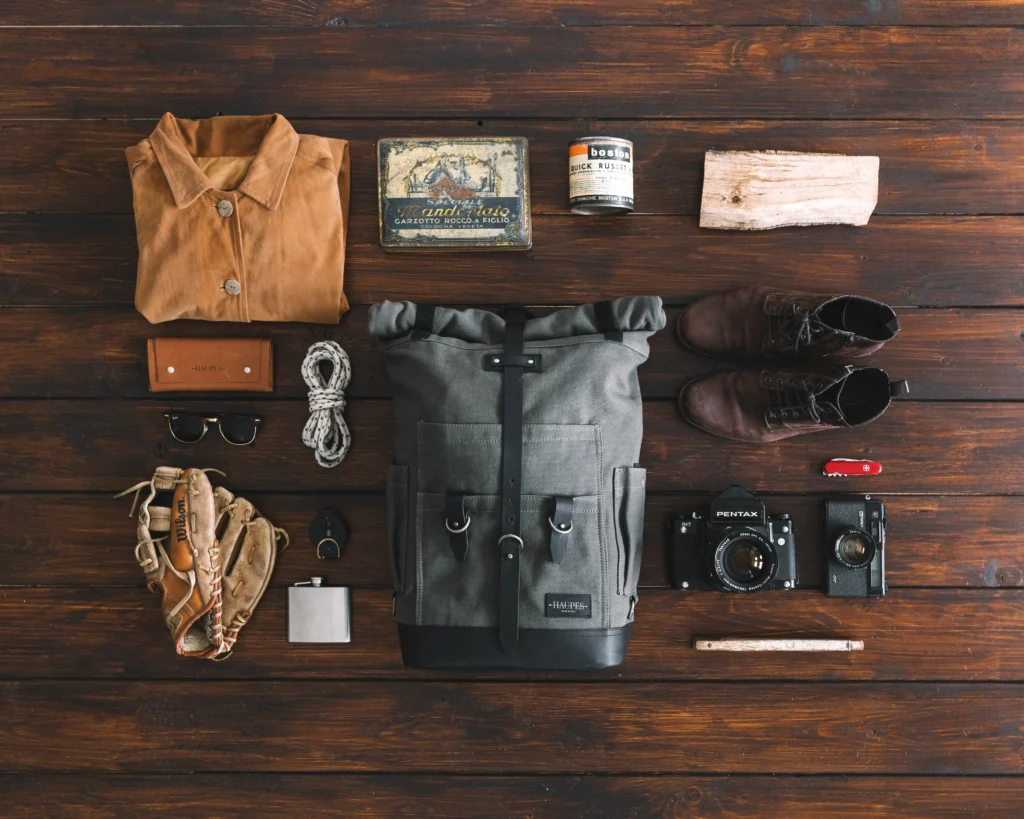
Footwear:
1 pair of hiking shoes or sturdy sneakers – Useful for walking safaris or uneven camp terrain.
1 pair of sandals or flip-flops – For lounging around camp or the lodge pool.
Camp Comfort:
Many safari lodges are eco-luxurious. Pack one or two casual-chic outfits if you like dressing up for dinner. Think: breathable linen, nothing flashy.
2. Don’t Let Bugs & the Sun Win: Protection Essentials
There’s something humbling about being in the wild—until the mosquitoes start biting.
Your Anti-Bug Arsenal:
Insect repellent with DEET or Picaridin – Especially around dawn and dusk.
Mosquito nets – Most safari camps have them, but a travel-size pop-up net isn’t a bad backup.
Anti-itch cream or bite soother – Because you will get at least one.
Sun Protection:
SPF 30+ sunscreen – Reapply often. The African sun doesn’t play.
Lip balm with SPF – Dry lips are a safari buzzkill.
Aloe vera or after-sun gel – For unexpected sunburns.
3. Safari Gear: Be Your Own Explorer
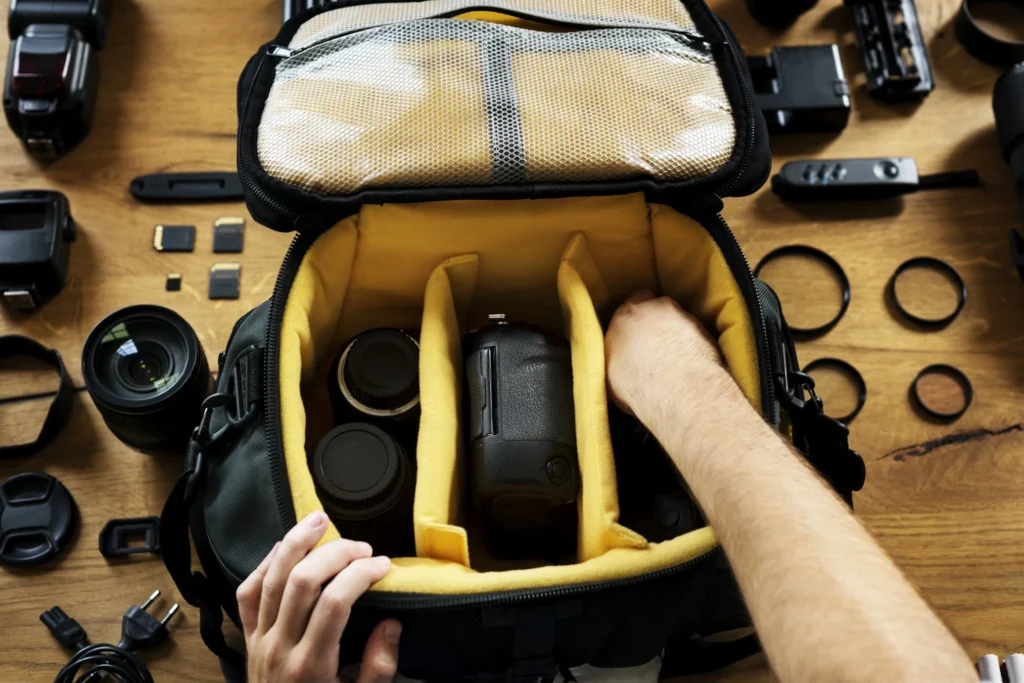
No ranger would hit the bush without gear. Neither should you.
Must-Haves:
Binoculars (8×42 or better) – Don’t rely on your guide’s pair. You’ll want your own view when a leopard sneaks by.
DSLR or mirrorless camera with zoom lens – 200mm–400mm is great for wildlife.
Extra memory cards & batteries – Charging options can be limited at remote camps.
Headlamp or flashlight – For nighttime camp walks. Many lodges run on solar power.
Dry bag or camera case – Protect electronics from dust and sudden rain showers.
Power bank – Some game drives last 6+ hours with no charging in sight.
Universal travel adapter (Type G for Kenya) – Same plug as the UK.
Optional (but smart):
Travel laundry detergent – Many lodges offer laundry, but doing a quick hand wash can save you.
Notebook or wildlife journal – Spotting the Big Five is unforgettable; jotting it down makes it even more magical.
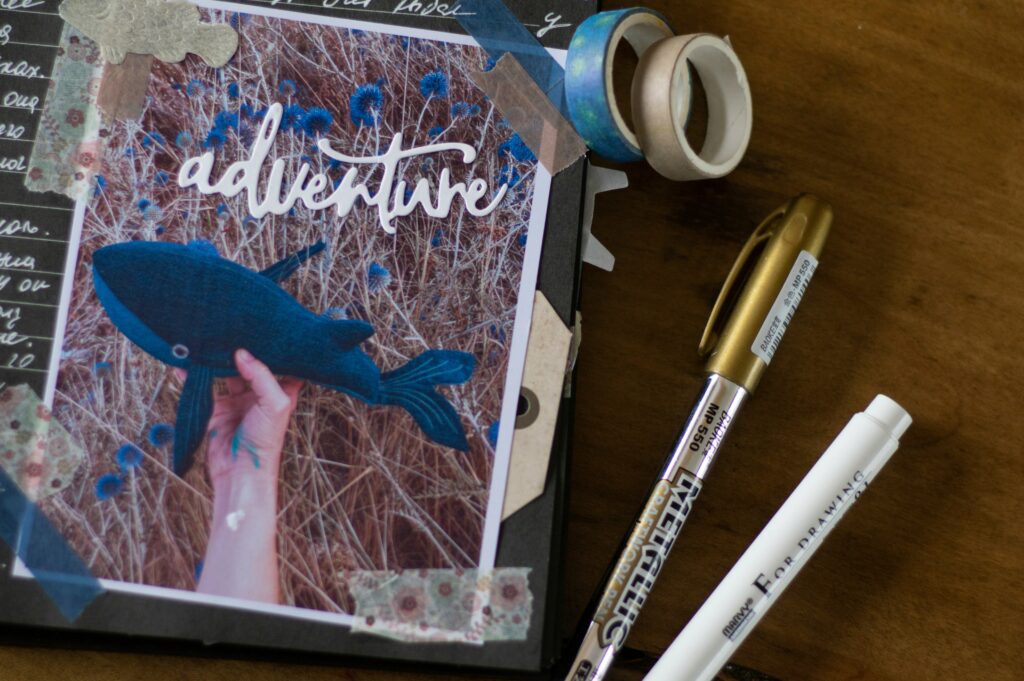
4. Toiletries & Medications
You won’t find a pharmacy in the middle of the Mara.
Essentials:
All personal prescription medications – Carry them in original bottles with a copy of your prescription.
Malaria prophylaxis – Kenya is a malaria zone. Consult your doctor in advance.
Anti-diarrheal meds & electrolytes – Travel tummy can hit anyone.
Painkillers & antihistamines – For headaches, bites, or minor allergies.
Mini first-aid kit – Band-aids, antiseptic, tweezers.
Toiletries in travel sizes – Eco-friendly, unscented options preferred.
Hand sanitizer, tissues, and wet wipes – Useful everywhere.
5. Documents You Can’t Afford to Forget
Paperwork Checklist:
Passport (6+ months validity)
Kenya e-Visa (apply online in advance)
Yellow fever certificate (required for entry if coming from a risk area)
Travel insurance policy
COVID-19 certificate (if still required)
Emergency contact list
Money:
USD in small bills – Used widely for tips and park fees.
Credit/debit card – Visa is more accepted than MasterCard.
Secure travel pouch – To keep everything safe during long drives.
What Not to Pack
- Plastic bags – Banned in Kenya since 2017 (yes, even Ziploc-style bags)
- Drones – Need special government permits
- Camouflage clothing – Only worn by military; civilians should avoid
- Bright colors & white – Attract bugs and stand out to animals
- Too many shoes – One solid pair is usually enough
Sample Safari Packing List At a Glance
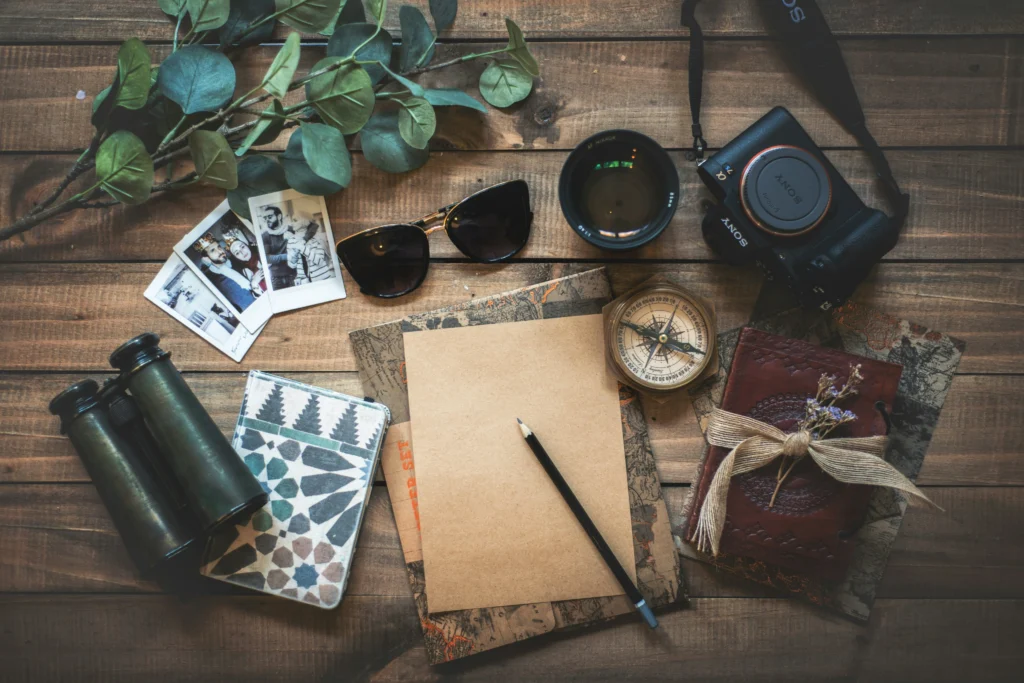
Category Items Included
- Clothes 3–4 shirts, 2–3 pants, jacket, hat, scarf, swimwear
- Gear Binoculars, camera, flashlight, dry bag
- Toiletries Sunscreen, bug repellent, first-aid kit
- Docs & Money Passport, visa, insurance, USD cash
- Extras Power bank, wildlife journal, snacks
Final Safari Wisdom
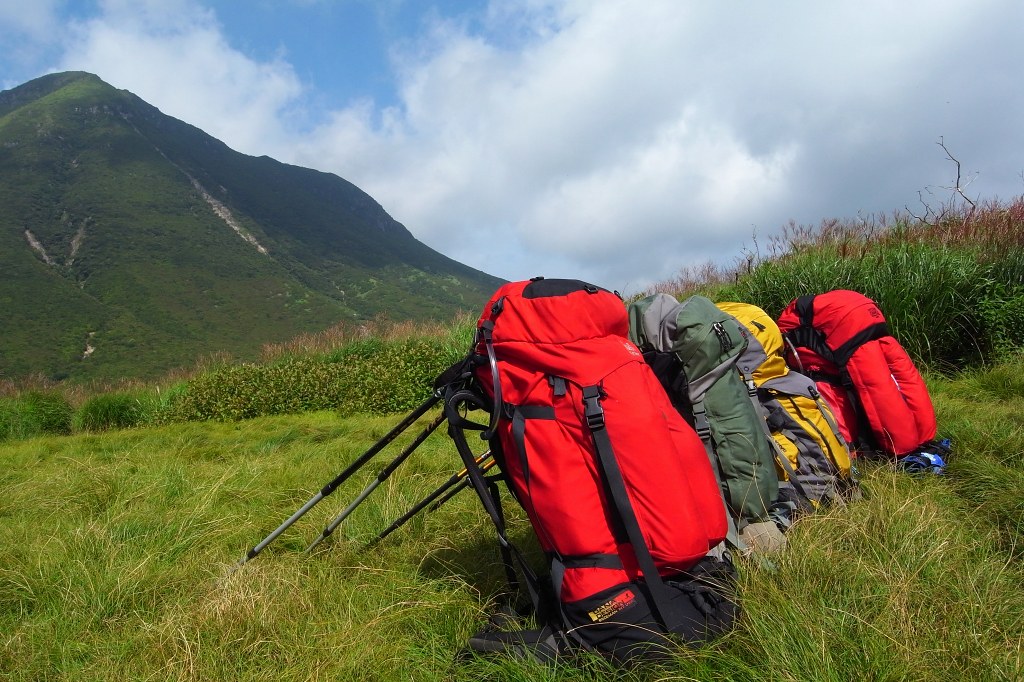
Packing for Kenya isn’t just about style—it’s about survival, comfort, and maximizing every moment. The bush is unpredictable. One moment you’re sipping tea by a campfire, the next you’re staring into the eyes of a cheetah.
With the right gear and mindset, you won’t just go on safari—you’ll thrive in it.
Now zip up that duffel. The wild awaits.

